Claude Monet in Albertina

The Albertina dedicates the first comprehensive exhibition for over 20 years to the pioneering impressionist Claude Monet. On view from 21 September 2018 until 6 January 2019. This exhibition is realized with the generous support of the Musée Marmottan Monet, Paris.
Most people are familiar with Claude Monet's water lilies. They are just as famous as van Gogh's sunflowers. Indeed, Monet had a weakness for the popular pond plants. In his garden in the French town of Giverny, Monet (1830-1926) even employed his own gardener just to take care of the water lilies. The paintings of the these aquatic plants can, of course, also be seen in the exhibition "Claude Monet" at the Albertina. A total of 100 paintings, including important loans works from more than 40 international museums and private collections, can be seen in this first comprehensive presentation of Monet's work in Austria for over 20 years.
Master of Light
The French "Master of Light", as Monet was called, was a central pioneer of painting in the 20th century. Monet's light and colors change on the canvas with the constantly changing nature. The element of water runs through his entire oeuvre. The exhibition spans the period from his first pre-impressionist works to his final paintings, which were created in the garden at Giverny. It illuminates Monet's career from Realism via Expressionism to his late works, which paved the way for the beginnings of abstract Expressionism.
Monet Garden in Vienna
What's more, anyone wanting to visit Monet's garden in Giverny won't have to travel very far: At the Kagran School Gardens, there is an "Impressionist Shadow Garden" that resembles Monet's own in Giverny. Water, bridges and water lilies also play a central role here.
Claude Monet (1840–1926) stands like no other painter for the impressionist style, and as the French “Master of Light”, he was also a central pioneer of 20th-century painting. He painted by the seaside, at Normandy’s rugged coastal cliffs, and on the banks of the Seine, with the water surfaces in his pictures reflecting the bright, vivid colors of lush vegetation in his summer landscapes and the frozen fog’s mysterious grey and blue in his winter ones. Monet’s light and colors change on the canvas in accordance with nature’s constant transformation, as well as the diversity of atmospheric impressions that the painter gleaned from his motifs—and it was his urge to capture this diversity that moved him to paint many such motifs in series.
The Albertina is devoting a large monographic exhibition to Claude Monet’s treatment of color, which has seen little examination to date, as well as to the painter’s passionate fascination with the world of plants and water in the garden of his country home in Giverny. Three paintings from the museum’s own holdings as well as important loan works from international museums and private collections illuminate Monet’s development from realism to impressionism and onward to a mode of painting in which colors and light gradually separate from the subjects that reflect them, with the motif breaking free from mere observation of nature. Eventually, albeit only after Monet’s death, these late works would pave the way for abstract expressionism in painting.
Source: www.albertina.at

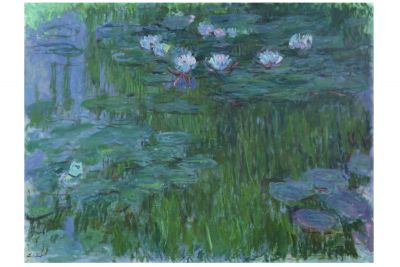
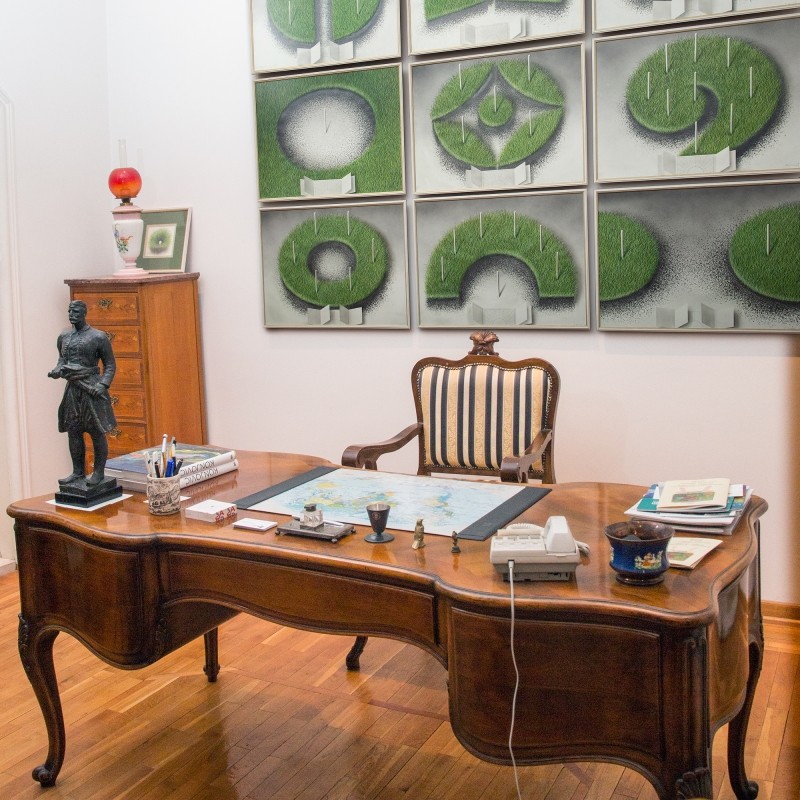
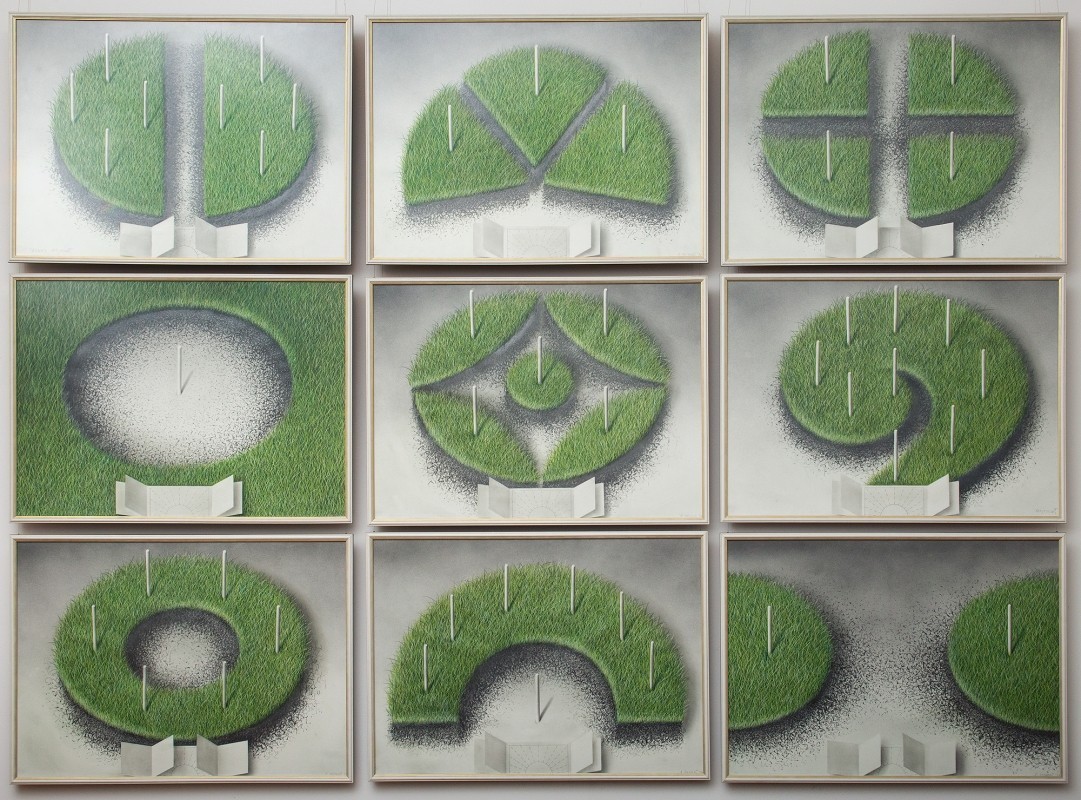
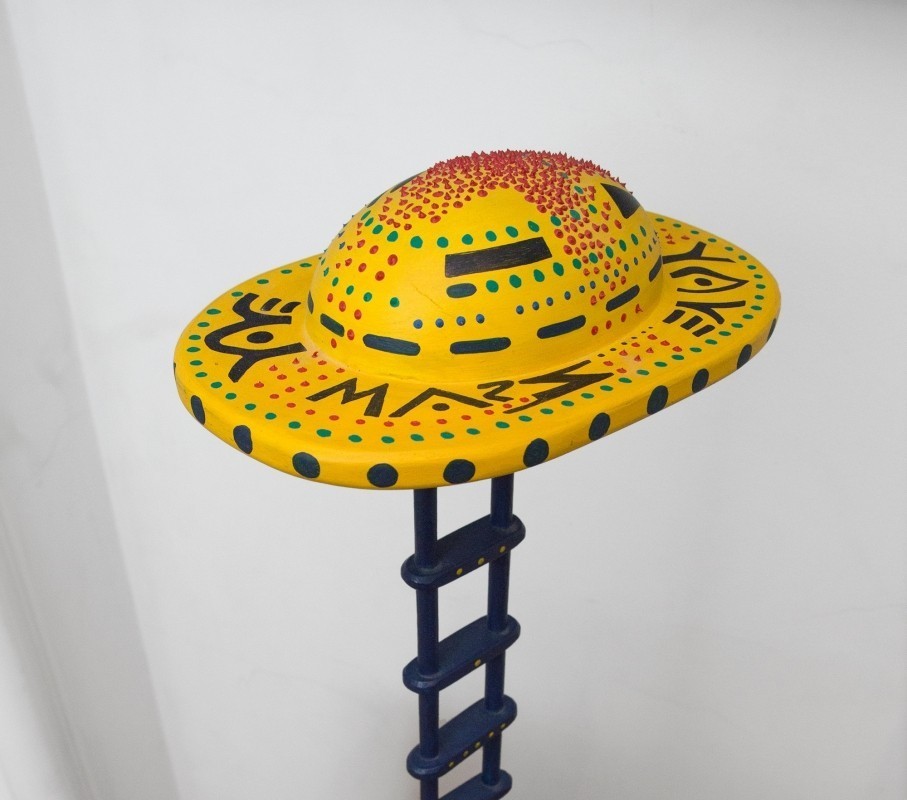
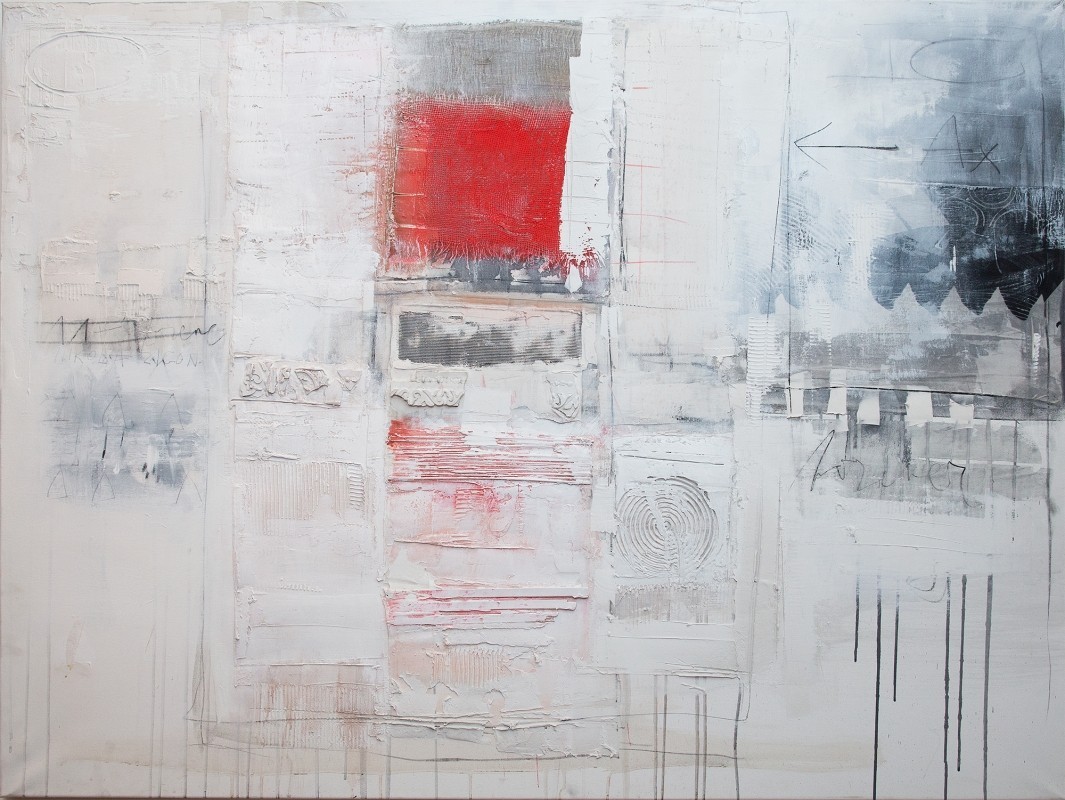
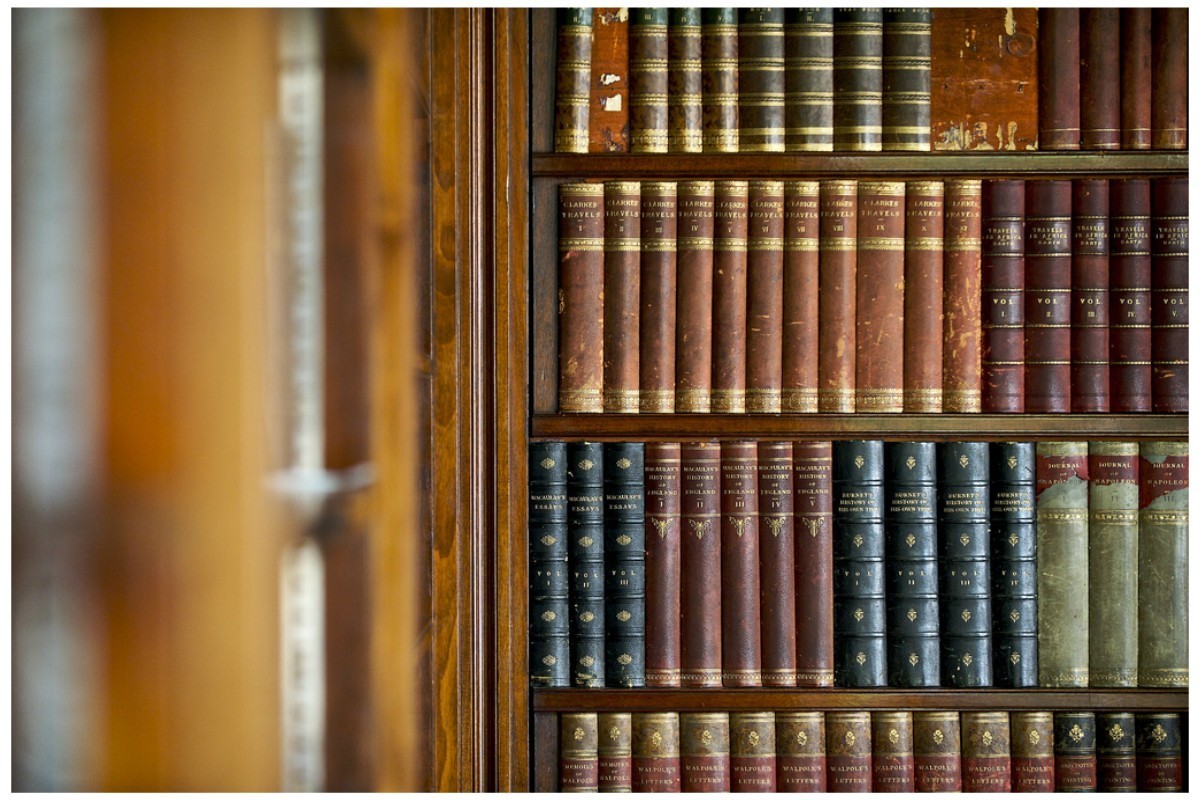


 Tweets by @ArtHaus_rs
Tweets by @ArtHaus_rs